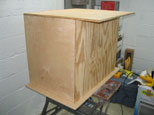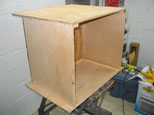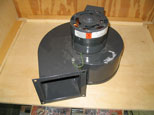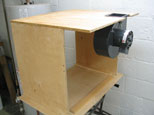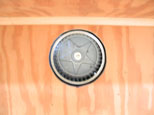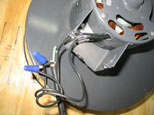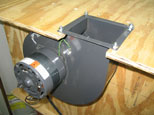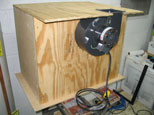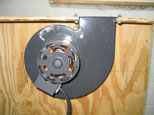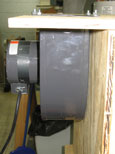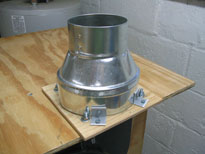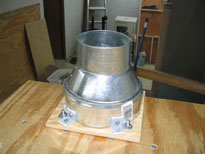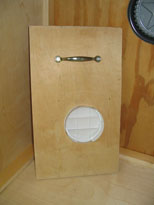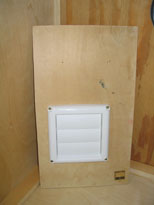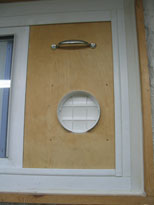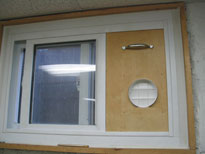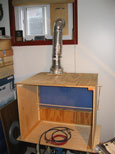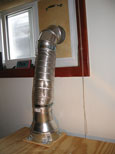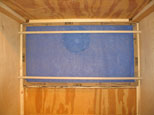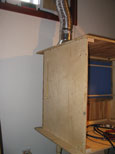| Workshop >>
Paint Spray Booth
I've been planning on building this for several years now, and I'm finally getting around to doing it. I drew up the plans about a year ago and spent quite some time trying to locate a suitable Dayton squirrel cage blower fan for quite some time. I wanted to save money, so I searched eBay for a long time. Eventually I won an auction for the one I wanted; model 4C444 (350 CFM). Trying to mount the blower to the box proved a challenge, but with the help of some of the members of my train club I was able to get it going. Here's some photos from the construction process. The box is constructed from 3/8" & 1/2" plywood screwed to 3/4"x 1.5" cleats. The blower hangs from the top piece. |
Ben's Workshop - last updated 04/04/05
